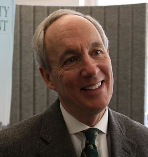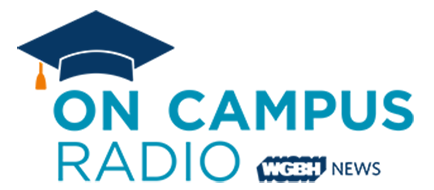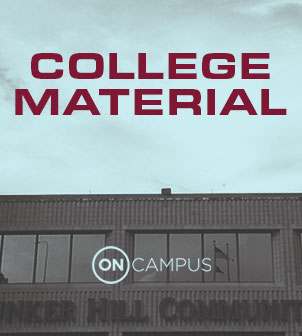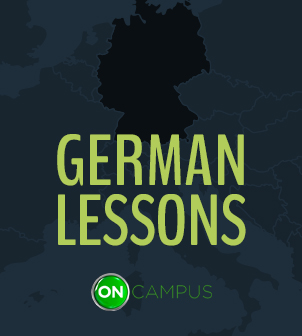
College sports may never look the same. (Robert Jinks/ Flickr CC)
Now that members of the National Collegiate Athletic Association have voted to approve a sweeping, if not radical, proposal giving the five largest athletic conferences “autonomy” to establish new governance rules regarding a compensation pay package for the recruitment of athletes, three very important public policy concerns need to be addressed.
The five largest conferences now have the authority to set their own rules regarding recruitment and compensation for athletes. Although the other 27 Division I conferences could, theoretically, adopt similar rules, it is clear that many, if not all of those conferences, which include some 285 individual institutions, do not have the financial ability to compete with this new pay-to-play scheme. Even within the five big conferences, many schools will not have the financial ability to support these changes.

The University of Vermont’s vote to “override” the NCAA proposal was a statement in support of students and the important, long-held concept of the amateur student-athlete. The new approved NCAA proposal will foster commercialization and professionalization in intercollegiate athletics and detract from the focus on the success of the athlete as a student first.
In this time of scarce resources for many institutions, the proposal presents a real threat to the ability to provide educational opportunities not only for student-athletes, but for other students as well. Funds and support that should be directed to the academic success of students may, under this approval, be directed to athletes well beyond the necessary support of full tuition and fees and the cost of attendance. This wealth transfer may lead to an increase in the cost of attendance for all students as institutional funds are redirected to support monetary awards for athletes.
Further, this flawed NCAA plan is arguably a serious antitrust violation. The fundamental antitrust statute is simple in its reach: If two parties enter into an agreement that restrains trade unreasonably it is unlawful. The result of the NCAA voting is an agreement between and among the institutions that will result in a reduction of competition because the remaining schools outside the top five conferences that will not be able to compete for that student athlete. The larger conferences have the financial ability to financially overpower schools with less sports revenues. Simply put, the large sports revenue-driven institutions will have a monopoly-like power and ability to dominate the recruitment market, resulting in a suppression of competition.
This is a classic antitrust cartel that is often seen in rule-making provisions of organized trade or professional associations. Those that have power and financial ability are able to dominate and suppress competition through internal rule making over those less well-off entities.
Whether the NCAA’s new pay-to-play compensation packages are considered, by analogy, a form of price-fixing as the federal judge in the O’Bannon case has ruled on a similar issue or another form of horizontal restriction, the consequence is the same: the recruitment market for athletes has been restrained, as demonstrated by a decrease in the competition in the recruitment of athletes.
Finally, it is likely that the new NCAA compensation plan, which goes beyond the award of the cost of attendance, will be found to be a commercial enterprise more akin to an employer-employee relationship and eventually regulated by the NLRB for private schools and state labor laws for public institutions. It is hard to conceive how such an outcome can be managed and coordinated for individual schools within Division 1 and within individual conferences, in order to field and schedule teams within a unified calendar. The result could be chaos, with each school negotiating with each team a labor contract for “the terms and conditions” of playing for that institution.
In short, the more the nonacademic based compensation is awarded to the athlete, the more it removes the NCAA’s defense of “amateurism” and the important principle of the student athlete. As college sports are transformed completely by the new NCAA “autonomy” rules, by further commercialization and professionalization and by unintended consequences not yet known, the amateur college athlete and the non-revenue sports teams may well end up on the losing side of the field of competition.
Tom Sullivan is president of the University of Vermont. This essay appears courtesy of the New England Journal of Higher Education










